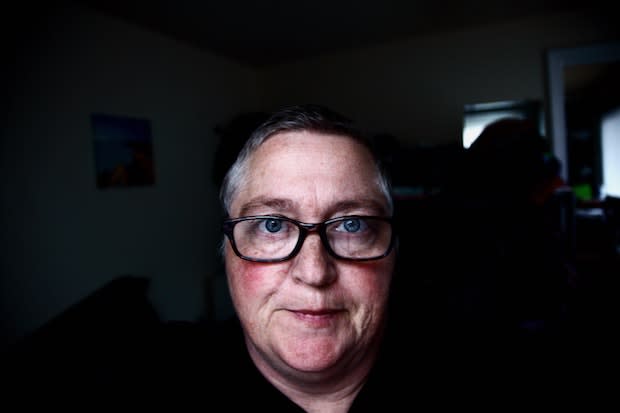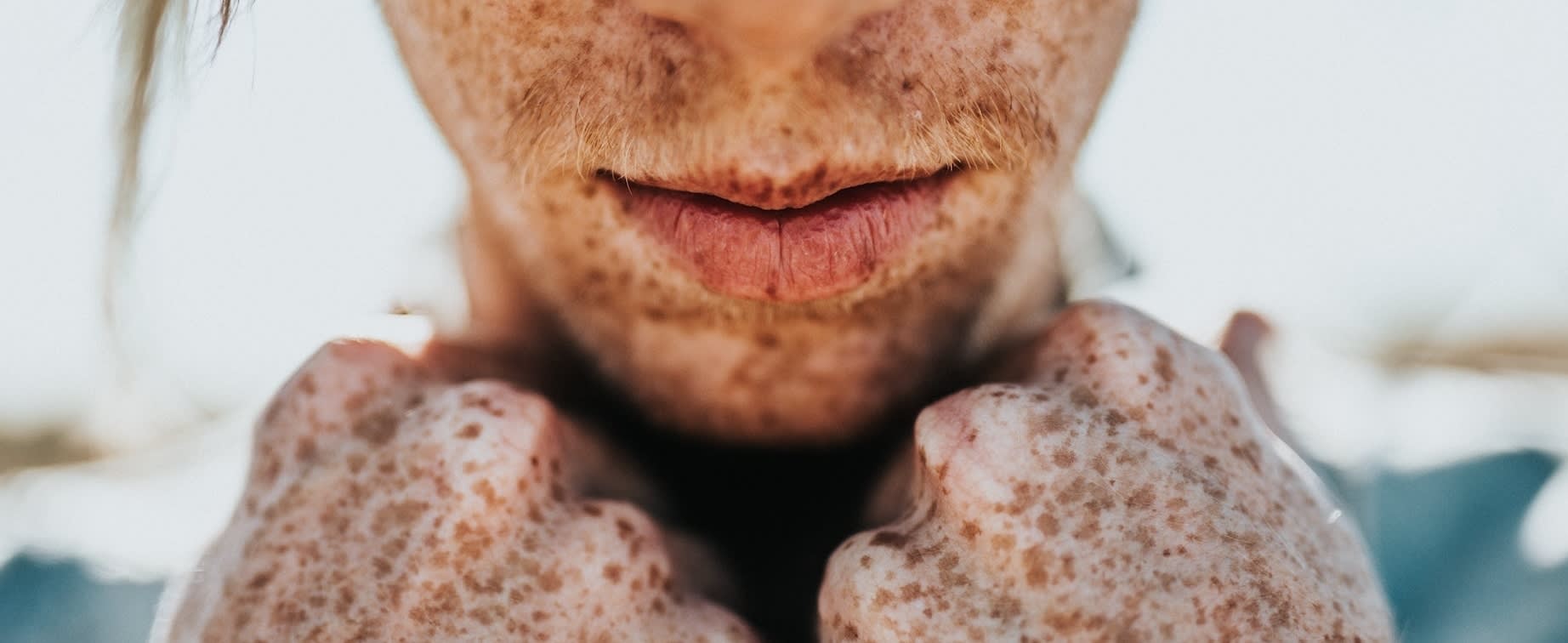Table of Contents
What is Skin Pigment?
Skin pigment plays a major role in the health of your skin. The skin is the largest organ in the body, and its coloration (pigmentation) is determined by the amount of melanin. Fairer-skinned people have little melanin, while dark-skinned people produce the most melanin. Sun exposure, as well as race, influences the levels of melanin. People may experience spots or patches of skin with more melanin, such as freckles, age spots, and melasma.
Melanocytes produce melanin cells and are scattered throughout the deepest layer of the skin (basal layer). Melanin is produced in melanocytes and then spread to other nearby skin cells. Melanin also gives color to the hair, skin, and iris of the eyes.
Several disorders may occur with melanin production. Common skin pigment disorders include melasma, albinism, vitiligo, and rosacea. Doctors cannot treat some of these conditions with medications, but your doctor may prescribe Azelex Cream (azelaic acid) and Oracea for rosacea and hydroquinone 4% for melasma. Read on to learn more about these conditions. [1] Melasma affects around five million people across the United States. This skin condition causes dark, discolored patches on the skin and is much more common in women than men. The American Academy of Dermatology cites that 90 percent of melasma patients are women. The discolored patches occur most commonly on the face in a symmetrical pattern with matching marks on both sides of the face. These patches may also occur on the chin, bridge of the nose, forehead, and cheeks. Less commonly, it can occur on the neck and forearms. These patches do not cause any physical harm, but patches that appear on their face may cause some people to feel self-conscious about their appearance. [2] The exact causes of melasma are unclear. But fluctuations in hormones like estrogen and progesterone can trigger melasma. There are many hormone changes for pregnant women, so melasma is often referred to as the “mask of pregnancy.” It is not limited to pregnant women and may affect women at all stages of life. If these spots develop in a women’s 20s or 30s, they may stick around for several decades. Hormonal contraception and hormone replacement therapy may also lead to melasma. [3] Albinism is a genetic skin pigment disorder that gives the skin a pale appearance. Those with this condition are born without the usual pigment in their bodies, and their bodies do not create a normal amount of melanin. This disorder can affect people of all ethnicities and is not contagious. [4] The types of albinism include: Oculocutaneous albinism: extremely pale skin, eyes, and white hair occur with this type. This is caused by mutations in specific genes that are necessary for melanin production. It is essential to protect your skin from sun exposure because oculocutaneous albinism comes with an increased risk of skin cancers and skin damage. [5] Ocular albinism: affects the eyes and no other part of the body. Those with this type usually have blue eyes, and sometimes the iris also has little color, appearing pink or reddish. This is caused by blood vessels showing through the iris. In some cases, hearing nerves may be affected, and people may become deaf over time. [4] Vitiligo is a condition that causes a lack of pigment in the skin. It leads to white patches on the skin and hair. The white patches occur because melanocytes do not produce enough melanin in the skin. The exact cause of this condition is unknown. There are two different types of vitiligo, including: Non-segmental vitiligo: also referred to as bilateral or generalized vitiligo. White patches occur on both sides of the body symmetrically. They may appear on the knees, elbows, feet, arms, backs of hands, and skin around body openings (eyes and mouth). This is the most common type of vitiligo. Doctors have found that non-segmental vitiligo may be an autoimmune condition. The body may attack healthy cells in the body, and your immune system may destroy melanocyte skin cells. Segmental vitiligo: affects one area of the body and is less common than non-segmental vitiligo. This type is more common in children and affects three in ten children with vitiligo. [6] Rosacea does not directly impact the skin's melanin and melanocytes but does result in skin discoloration. It is a fairly common condition that causes redness and leads to visible blood vessels in the face. Along with redness, small pus-filled bumps may also pop up on the skin's surface. This condition can affect anyone of any skin tone but is much more noticeable on fair skin. The exact cause of this condition is unknown. Still, it is thought to be a result of several hereditary and environmental factors. Rosacea triggers may include: Women over 30 years old are more likely to experience this skin disorder. If you smoke and have sun-damaged skin, you are at an increased risk. If someone in your family has rosacea, you are more likely to develop it over time. If you have rosacea for a long time, you may develop rhinophyma. This complication occurs when the nose's oil glands become enlarged and cause a build-up of tissue around the nose, giving your nose a bulbous appearance. [7] Pigment disorders like albinism and vitiligo do not have many treatment methods. If you are born with improperly functioning melanocytes, melanin cannot be replaced naturally by the body. In the case of melasma and rosacea, medications are available to prevent symptoms and improve skin appearance. Your doctor may prescribe Azelex Cream (azelaic acid) and Oracea for rosacea and hydroquinone 4% for melasma. Azelex cream works by reducing acne-causing bacteria's presence on the skin and keeping pores open and unblocked. This can prevent the unsightly pus-filled bumps that occur with rosacea. [8] Oracea works similarly on pimples and decreases redness by preventing skin inflammation caused by rosacea. [9] Hydroquinone 4% is a completely different form of medication that bleaches the skin to improve darkened areas of the skin affected by melasma. It can also improve the appearance of freckles, age spots, and acne scars. Patients typically see the effects of this lightening agent within four weeks of beginning treatment. [10] If you think you are experiencing a skin pigment disorder, contact your doctor or dermatologist. The content in this article is intended for informational purposes only. This website does not provide medical advice. In all circumstances, you should always seek the advice of your physician and/or other qualified health professionals(s) for drug, medical condition, or treatment advice. The content provided on this website is not a substitute for professional medical advice, diagnosis, or treatment.
Understanding Melasma
a. Melasma and Women

All About Albinism
What is Vitiligo?
What is Rosacea?

General Treatment Options
